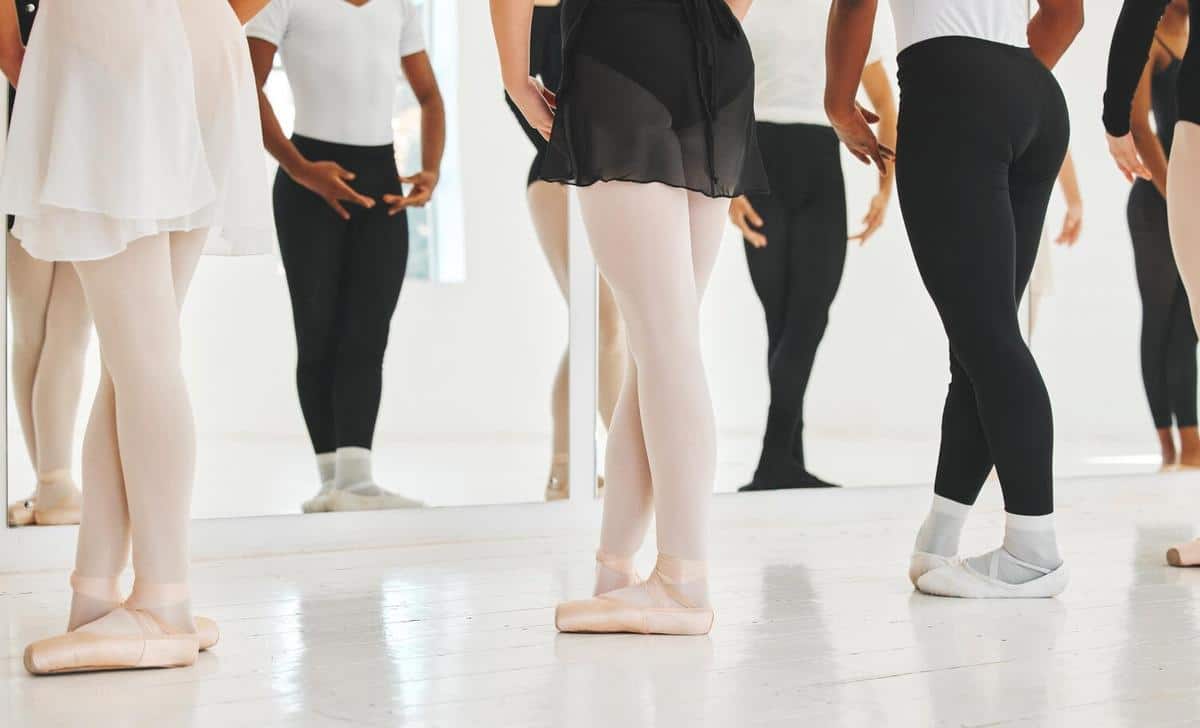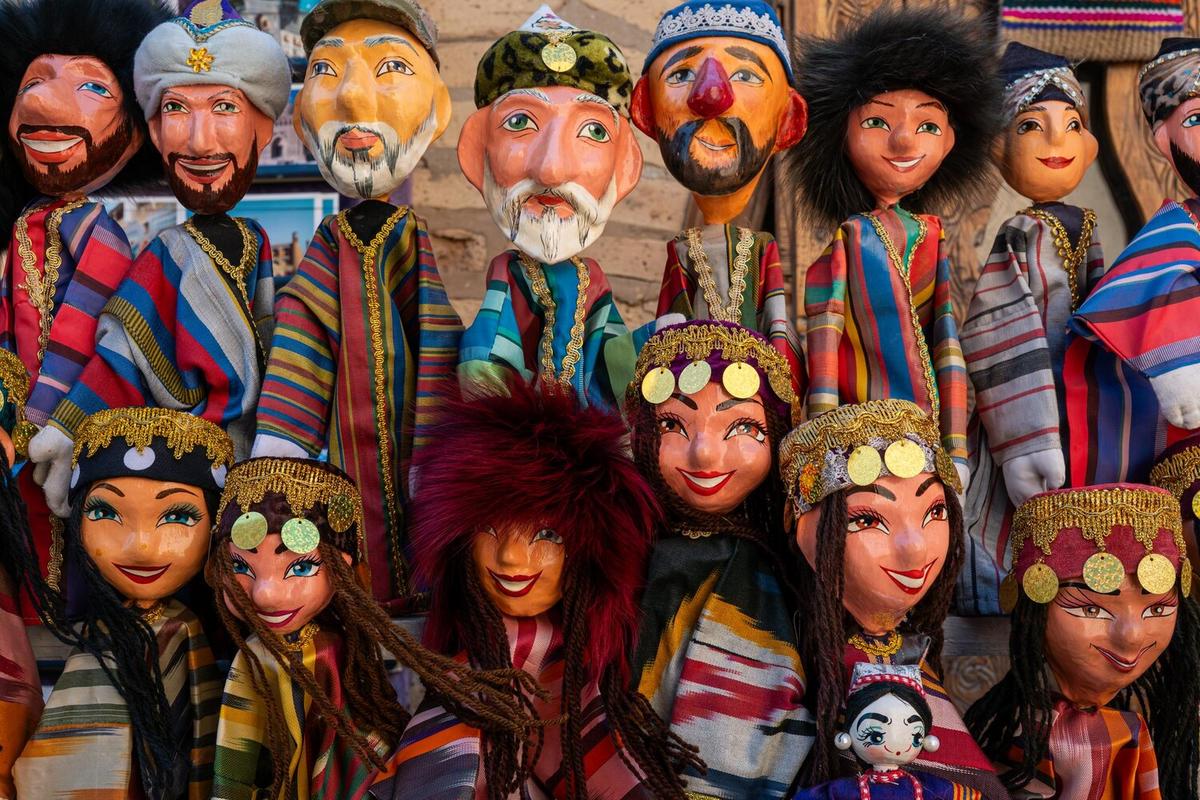
Behind the Scenes: The Making of a Modern Ballet Performance
Step into the world of ballet and discover the intricate process that brings a modern performance to life, where every pirouette and plié is the result of countless hours of dedication and creativity.
Creating a modern ballet performance is a complex dance of its own, involving a blend of artistic vision, technical skill, and collaborative effort. While the audience sees a seamless performance, there’s a fascinating journey that unfolds behind the curtains.
The Choreographer’s Vision
At the heart of any ballet is the choreographer’s vision. Renowned choreographer Christopher Wheeldon once said, “A choreographer is like a sculptor who molds dancers into a moving piece of art.” This vision sets the tone and style for the entire production, dictating everything from the steps to the storytelling.
Rehearsal: The Backbone of Ballet
Rehearsals are where the magic happens. According to Dance Magazine, elite ballet companies can spend up to 200 hours rehearsing for a single performance. This rigorous schedule ensures that dancers not only perfect their technique but also embody the emotion and narrative of the piece.
Building the Set and Costumes
Behind the scenes, designers work tirelessly to create a visual world that complements the choreographer’s vision. Each costume is a work of art, often requiring extensive research and intricate craftsmanship. Sets are meticulously constructed to transform the stage into a new world, enhancing the audience’s immersion.
Music: The Soul of Ballet
Music is pivotal in ballet, guiding the rhythm and mood of the performance. Composers and conductors collaborate closely with choreographers to ensure that every note resonates with the dancers’ movements. This harmonious blend elevates the entire production.
A Day in the Life of a Ballet Dancer
For dancers, a day begins with a rigorous warm-up and technique class, followed by hours of rehearsals. They must maintain peak physical condition, often participating in cross-training activities like Pilates or yoga to enhance their flexibility and strength.
| Time | Activity |
|---|---|
| 8:00 AM | Warm-up and stretching |
| 9:00 AM | Technique class |
| 11:00 AM | Rehearsal |
| 1:00 PM | Lunch break |
| 2:00 PM | Rehearsal |
| 5:00 PM | Cool down |
| 6:00 PM | Cross-training |
| 8:00 PM | Rest and recovery |
Pro Tip:
For aspiring dancers, attending live performances can provide invaluable insights into professional technique and stage presence. Take notes and observe how seasoned dancers convey emotion through movement.
The Role of Technology
In the modern era, technology plays an increasing role in ballet productions. From virtual set designs to digital ticketing systems, technology enhances both the production process and audience experience. Companies are experimenting with virtual reality to give audiences a more immersive experience.
FAQs
How long does it take to prepare for a ballet performance?
Typically, a ballet company spends several months in preparation, from initial concept to final performance.
What is the importance of costumes in ballet?
Costumes are crucial as they enhance the visual storytelling and help dancers express their characters and emotions.
Conclusion
The making of a modern ballet performance is a testament to the dedication and passion of everyone involved. From the choreographer’s initial ideas to the final bow, each element plays a vital role. By understanding this process, audiences can appreciate the artistry and effort that bring these beautiful performances to life. Next time you watch a ballet, remember the intricate journey each dancer and crew member took to deliver the mesmerizing spectacle before you.


